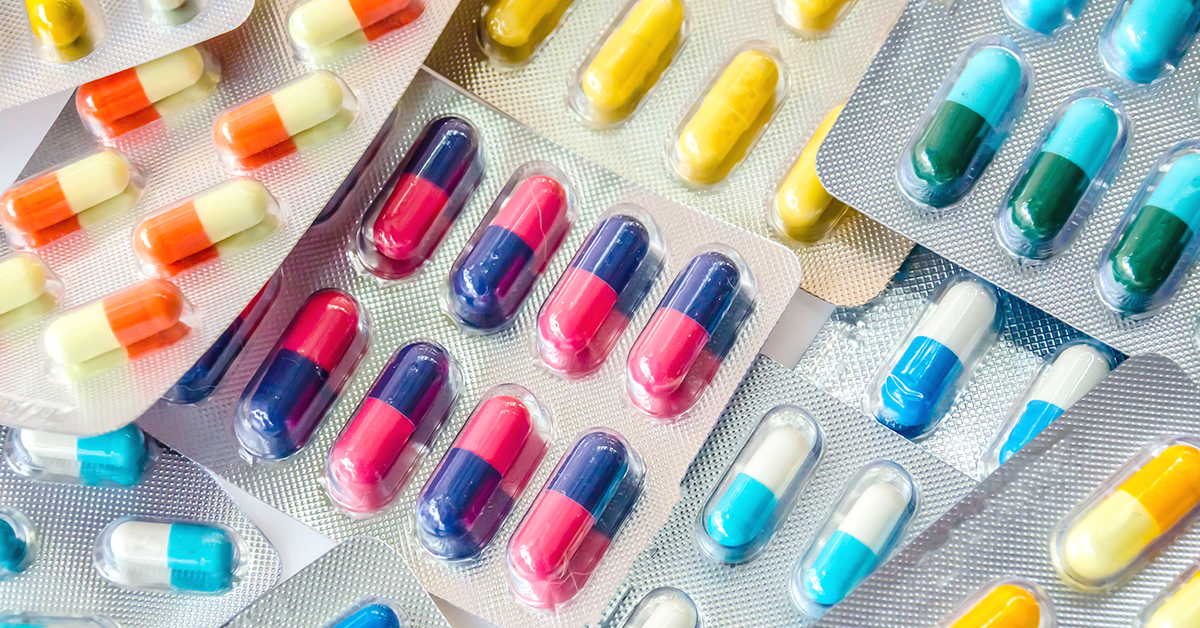7 Ways To Reduce Acid Reflux

Acid reflux is a very common condition that often results in a burning sensation in the chest called “heartburn”.
Acid reflux occurs when the lower esophageal sphincter (LES), which is a ring of muscles between the esophagus and the stomach, allows stomach acids to back up into the esophagus. These strong acids can irritate the lining of the esophagus and cause pain.
If you have this at least twice a week, then you might have Gastroesophageal Reflux Disease (GERD).
Approximately 20 to 30% of the population in Western countries has GERD. Although the numbers are somewhat lower in Asian countries, GERD is rapidly becoming more and more common.
To avoid developing GERD:
- Watch what you eat
Avoid chocolate, citrus fruits (orange, lemon, lime, grapefruit), peppers, tomatoes, raw onions, garlic, fatty or greasy foods, spices, peppermint. Don’t eat large meals.
Related reading:

- Watch what you drink
Avoid red wine and other alcohol, caffeinated drinks such as coffee, tea, and colas; and carbonated (fizzy) drinks.
- Wear loose-fitting clothing
Too-tight waistbands can put pressure on the stomach. The pressure relaxes the sphincter, allowing acid to back up into the esophagus.
- Exercise appropriately
Bending over (especially with a too-tight waistband) or doing exercises, such as sit-ups or crunches, puts pressure on the stomach. High impact exercise within 2-3 hours of eating can cause changes to the normal digestive process, leading to acid reflux.
Related reading:

- Know the side effects of your medications
Some (but not all!) medications for asthma, blood pressure, irritable bowel, overactive bladder, depression, anxiety, pain, or seasickness can cause acid reflux.
Antibiotics, quinidine, nicotine, iron and potassium supplements, progesterone, bisphosphonates, and certain other medications can also cause reflux.
Related reading:
- Here are some things you should know about bringing your medication across international borders.
- Why should you finish your antibiotics course? Learn now.
- Stay upright after eating
Don’t lie down after eating. Give yourself 2-3 hours. If you have to recline after eating, place something under the head of the mattress to raise the upper body, including the esophagus, above the level of the stomach.
- Don’t smoke
Nicotine in tobacco relaxes the LES. Smoking can also cause dry mouth, which minimizes the neutralizing effect that saliva has on stomach acid.
Until the heartburn pain is under control, you might want to try one of the many over-the-counter medications. Your doctor can advise you which would be best.

To find your triggers, keep a diary. Record:
- Time of heartburn
- Everything you ate and drank for 3 hours before the heartburn started.
- Time of exercise
- Type of clothes worn
- If you took a nap or rested
- If you slouched
- or did anything else you think might have contributed to the pain.
Once you recognize a pattern, you will be able to avoid those foods or behaviors, or perhaps lose some weight. Your heartburn should greatly improve!
Related reading:
How Halza Helps
Make living with acid reflux a little easier when you download Halza! Store, track, share your medical data with the Halza app. Record your upper GI Endoscopy, biopsy reports, pH monitoring, and esophageal manometry with ease and take your records with you, wherever you go. Halza is also available in 26 languages, perfect even for when you’re on vacation.
Download Halza today!
Sources: Medscape, 2 – Gastroesophageal Reflux Disease: Practice Essentials, Background, Anatomy – NIDDK – Mayoclinic


